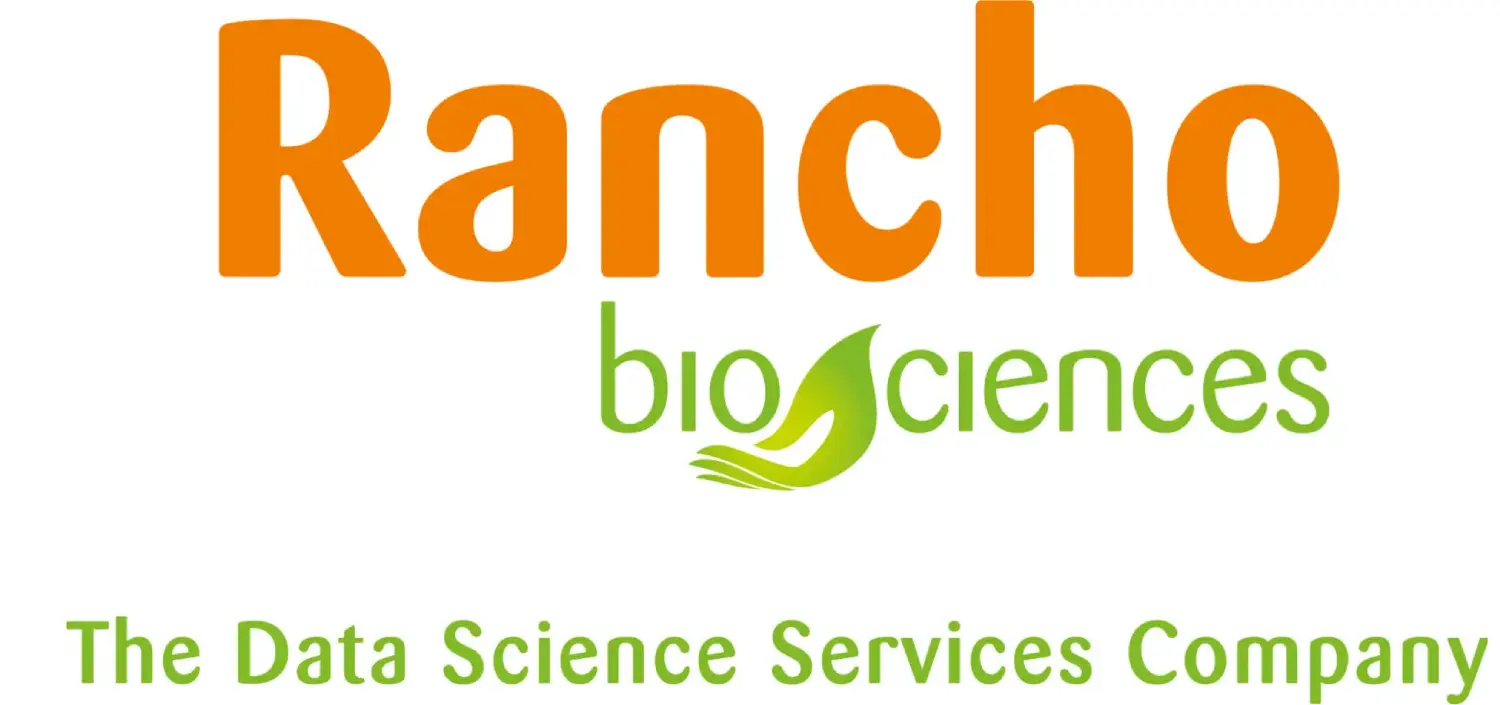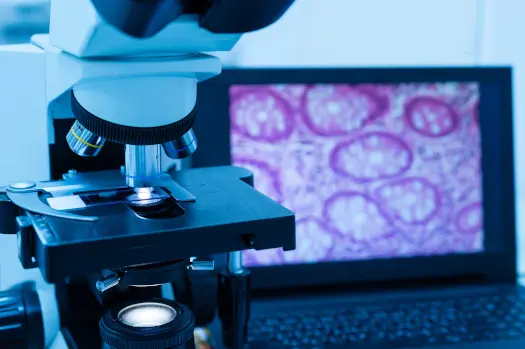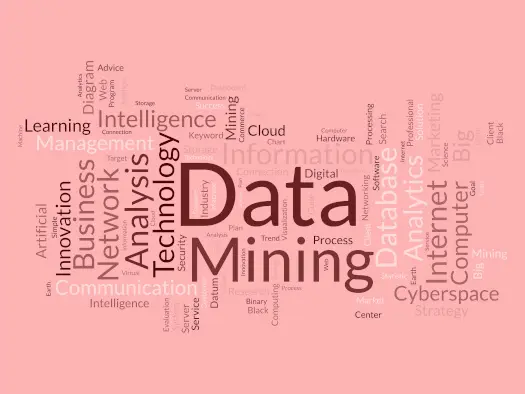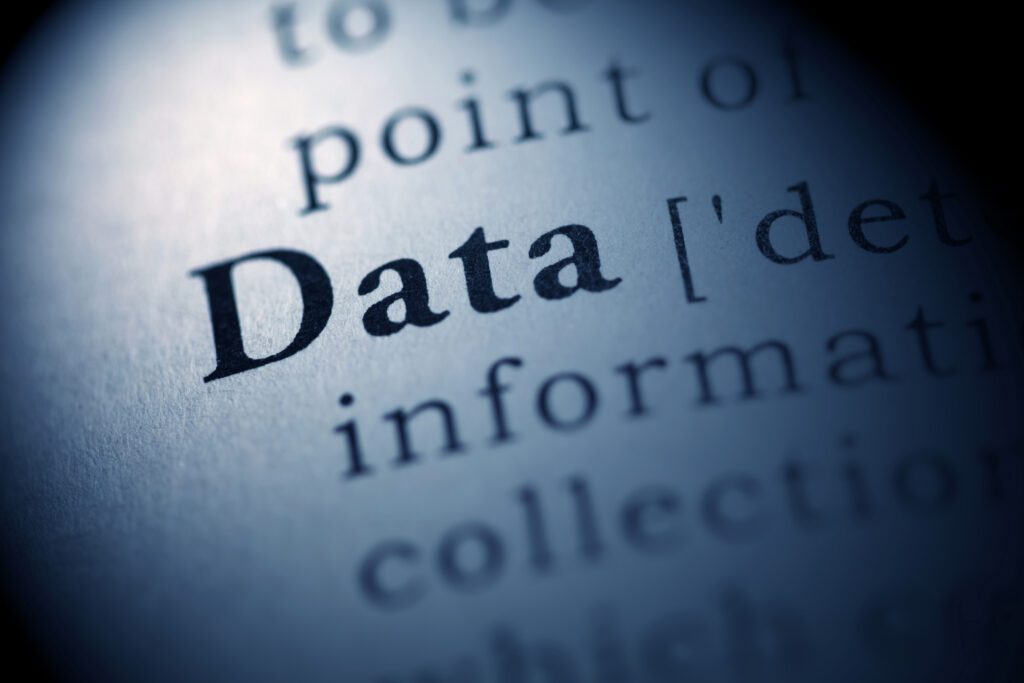Posts by blog578
Understanding Data Curation: Real-World Examples & Best Practices
In the digital age, data is ubiquitous, and its proper management is crucial for any organization. Data curation is a critical process in the realm of data management, ensuring collected data is organized, maintained, and made accessible for future use. It encompasses various activities, such as data cleaning, harmonization, standardization, annotation, storage, and archiving. Effective…
Read MoreUnderstanding CDISC Standards: An In-Depth Look at Different Types
The Clinical Data Interchange Standards Consortium (CDISC) plays a crucial role in the standardization of clinical research data. By providing a suite of global, system-independent data standards, CDISC ensures clinical data is consistently formatted and easily interpretable. This consistency is vital for streamlining the regulatory review process, facilitating data sharing, and improving the overall efficiency…
Read MoreExploring the Types of Images Digital Pathology Can Reveal
Digital pathology has revolutionized the way we examine and diagnose diseases at a microscopic level. By converting traditional glass slides into digital images, pathologists can leverage advanced technologies for more accurate and efficient diagnoses. This transformation opens up a world of possibilities, allowing various types of images to be viewed and analyzed. Keep reading to…
Read MoreData Mining vs. Knowledge Mining: Unraveling the Key Distinctions
In a world where data is abundant, extracting meaningful insights remains a challenge without the right tools and approaches. Data mining and knowledge mining are techniques often used interchangeably but are in fact distinct and complementary. Understanding when and to use them promises to unlock unprecedented opportunities for growth, innovation, and efficiency. We’ll discuss the…
Read MoreHow FAIR Data Principles Ensure Open & Reproducible Research in Life Sciences
In the realm of life sciences, the volume and complexity of data are rapidly increasing. This growth, fueled by technological advancements, underscores the need for robust data management practices. The FAIR data principles offer a framework to ensure data is properly organized, shared, and utilized in meaningful ways. In this article, we explore what the…
Read MoreA Guide to Creating a Data Ontology
In the vast landscape of data management, establishing a solid foundation is paramount. A data ontology accomplishes this with a structural framework that defines the relationships between different data elements within a particular domain. It’s essential for organizing data in a way that makes it interoperable and understandable across various systems and organizations. Keep reading…
Read MoreThe Transformative Power of Single-Cell Data in Biological Discovery
In the intricate tapestry of life, each cell holds a unique narrative, weaving together the story of an organism’s existence. Yet, traditional methods of biological analysis often obscure the individual voices within this symphony, offering only a blurred glimpse of cellular diversity and function. Enter single cell data analysis—a groundbreaking approach that peels back the…
Read MoreThe 3 Vital Stages of Data Curation
In the digital age, data is the lifeblood of decision-making. But the sheer volume and complexity of raw data can be overwhelming and chaotic. This is where data curation comes into play, transforming raw data into a valuable resource. Data curation involves a series of stages that ensure data is processed, maintained, and made accessible…
Read MoreUnderstanding the Biological Data Driving Bioinformatics
In the realm of scientific exploration, bioinformatics stands at the crossroads of biology and information technology. Bioinformatics is an interdisciplinary field of science that develops methods and software tools for understanding biological data, especially when the data sets are large and complex. It combines biology, chemistry, physics, computer science, computer programming, information engineering, mathematics, and…
Read MoreStreamlining Research: The Power of CDISC in Data Standardization
In the ever-evolving landscape of clinical research, maintaining data integrity and interoperability is paramount. Clinical research is a complex and costly process that involves collecting, analyzing, and reporting data from various sources and stakeholders. To ensure the quality, reliability, and usability of clinical data, it’s essential to follow standards and guidelines that can facilitate data…
Read More









